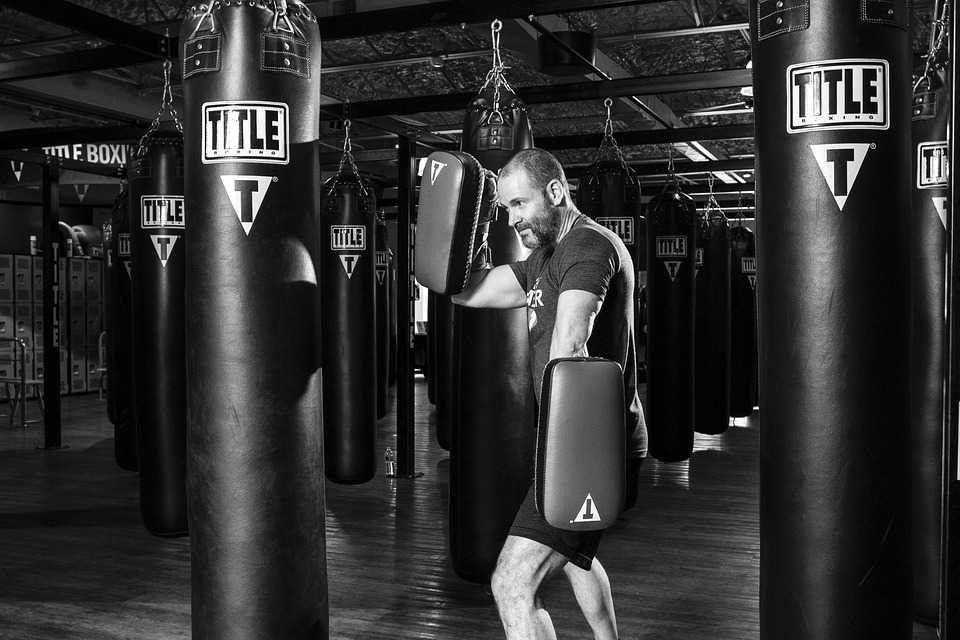
Fitness Equipment
In the pursuit of maintaining a healthy lifestyle, fitness equipment plays an integral role. It is crucial to select the right equipment that aligns with your fitness goals, whether for home use or a commercial gym setup. The selection becomes even more challenging when you’re faced with the decision between buying and leasing fitness equipment. Both buying and leasing come with their advantages and disadvantages.
Benefits of Leasing Equipment
Choosing to lease fitness equipment brings various benefits. Imagine you’re spearheading an ultramodern fitness facility stacked with the crème de la crème of workout machines, but your budget holds you back. Here’s where leasing swoops in as a knight in shining armor.
The glittering advantage of leasing is its gift of lower upfront costs, a stark contrast to the hefty price tag that comes with buying. It acts as a financial cushion, saving your working capital for daily business expenses, potential growth plans or those unforeseen expenditures that can crop up right out of the blue.
Another advantage of leasing is the ability to frequently update your gym’s equipment range. As noted by Legend Fitness, one of the biggest benefits of renting equipment is being able to change out your machines every few years for newer ones. Given the fast-paced advancement in exercise technology, this ensures that your gym remains up-to-date with current trends.
A real-life example cited by Virtuagym highlighted how a gym targeting an affluent older demographic might focus on expensive cardio machines and choose to lease top-quality variants.
Drawbacks of Leasing Equipment
While the perks of leasing fitness equipment are alluring, it’s not all sunshine and rainbows, as it comes festooned with some snags too. The most glaring one is the long-term cost dilemma; over time, the cost you bear for leasing may surpass the actual value of the equipment. This is particularly true if you continually extend your lease without opting for purchase.
Another hiccup with leasing is that you never really own the equipment, giving you less reign over it. If the lease agreement reaches its expiry, or perhaps unexpected circumstances knock at your door making it challenging to meet payments, you might find yourself compelled to bid adieu to your equipment.
And the cherry on top? Leased equipment must be returned spick and span. Any damage that extends beyond regular wear and tear can label you with extra charges once your contract period concludes.
Benefits of Buying Equipment
Buying your own fitness equipment also has noteworthy benefits. Primarily ownership provides stability and control because once you buy an item it becomes yours entirely without having to worry about lease agreements or additional fees later on.
One significant advantage according to MindBody online is longevity – if you plan on using your gear for many years to come then purchasing makes a lot more sense.
Moreover, owning your own gym gear can boost your brand value among customers as they appreciate long-term investments in quality and upkeep. Additionally, purchased assets could also yield tax benefits because they are subject to depreciation which can be deducted from taxable income over time.
Drawbacks of Buying Equipment
With ownership comes responsibility and this holds true when buying your own gym gear too. One major drawback is high upfront costs – filling an entire commercial space with brand new machines can be quite expensive making this option not so feasible for everyone especially small businesses or startups operating on tight budgets.
Maintenance and repair costs are other concerns as these will be entirely up to you once warranty periods expire which may not be financially feasible in the long run.
Another downfall is technological obsolescence – Fitness technology advances rapidly meaning what’s considered as top-of-the-line today may not hold its value tomorrow consequently affecting customer retention rates negatively.
Lastly, owning does not offer flexibility like leases do – If you need to cut down on costs or want different gear after some time then liquidating old items could be quite a challenge both physically and financially.
Comparing Leasing and Buying
Comparing leasing versus buying fitness equipment requires a thorough financial appraisal. This appraisal should take into account factors such as available finances, operating expenses, and long-term plans, amongst others. Both options have pros and cons, which are essential to consider before making a decision since each alternative is better suited to certain scenarios.
For instance, if you’re launching a new fitness center and want to offer the latest trends without making a substantial upfront investment, leasing may be a good option. On the other hand, an established health club with a loyal customer base and stable revenue stream that upgrades only after a considerable period might find that owning equipment provides better outcomes.
Both choices require careful analysis in terms of total net cost, including potential tax deductions, depreciation, expected usage duration, ease of change or upgrade, and maintenance responsibilities.
Concluding: Making the Right Choice
Deciding to lease or buy fitness equipment is a critical choice impacting your bottom line. Evaluate the pros, cons, and alignment with your circumstances. The best decision hinges on your needs, objectives, resources, and risk tolerance. Whatever option you pick, excellent service is essential for retaining members and supporting their health goals.






